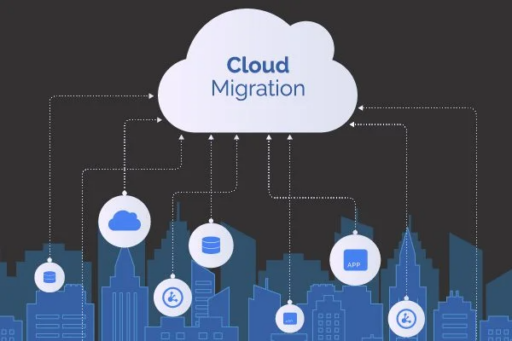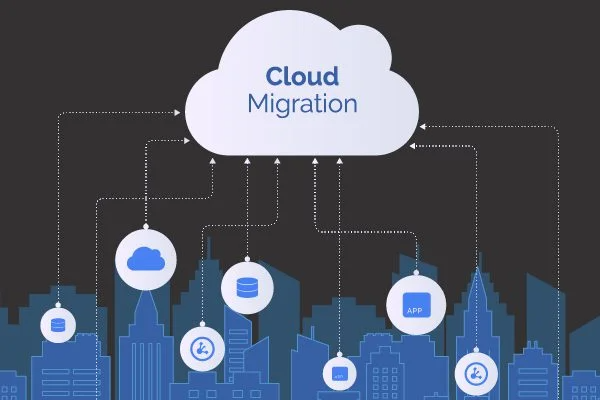Moving old computer systems over to cloud services feels intimidating, but it’s totally doable with a well-thought-out plan. Taking this step can dramatically improve how flexible, scalable, and cost-effective your technology setup is. Here are some tips for navigating the transition in a way that keeps things running smoothly.
What Are These “Legacy Systems”?
Legacy systems refer to outdated software or hardware still in use, even if they’re not really compatible with newer options available. That’s where shifting to the cloud comes in – it lets you transfer data, applications, and other digital parts of your business from on-site servers to cloud infrastructure.
Top Reasons to Migrate
- Scaling up or down resources easily based on needs. No more being limited by physical hardware.
- Access from anywhere as long as you have an Internet connection. Tap into advanced security built into cloud platforms.
- Try new technologies and tools built for the cloud.
Mapping Out the Move
Start by figuring out what can realistically shift to the cloud. Then define specific goals like cost savings, faster performance, or tighter security. Choose a provider equipped to meet your technical and business requirements. Develop a step-by-step migration plan tailored to your situation.
Making the Jump
“Lift and shift” or “Rehosting” is moving applications as-is. “Replatforming” optimizes apps for the cloud with minor tweaks. “Refactor” means rewriting from scratch. Migrate data carefully based on volume, format, security level, etc. Ensure everything runs smoothly once in the cloud. Gradually deploy less critical systems first.
Settling In
Integrate cloud and on-site systems seamlessly. Constantly monitor and tune performance, protection, and spending. Train colleagues on managing systems in the cloud. Establish solid support in case issues come up after migrating.
Keys to a Successful Switch
Start small with less important systems. Lock down security, especially for sensitive data. Check system functioning with monitoring tools. Loop in all stakeholders. Schedule downtime judiciously.
Taking that leap unlocks potential for innovation and growth down the line. Just go step-by-step and learn as you go – you’ve got this!







